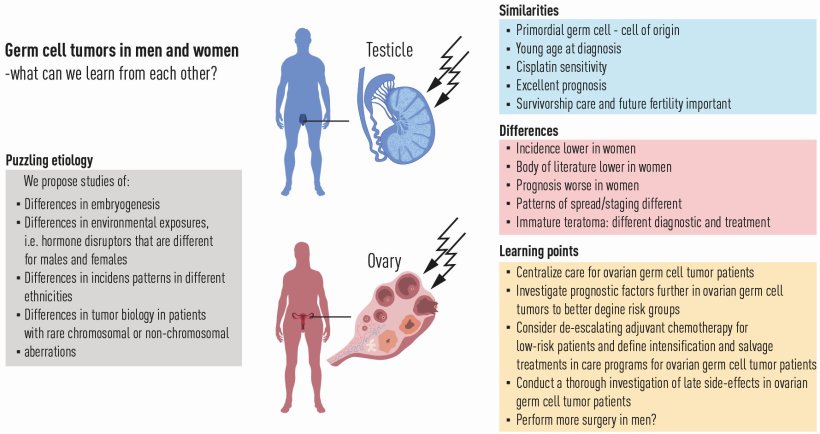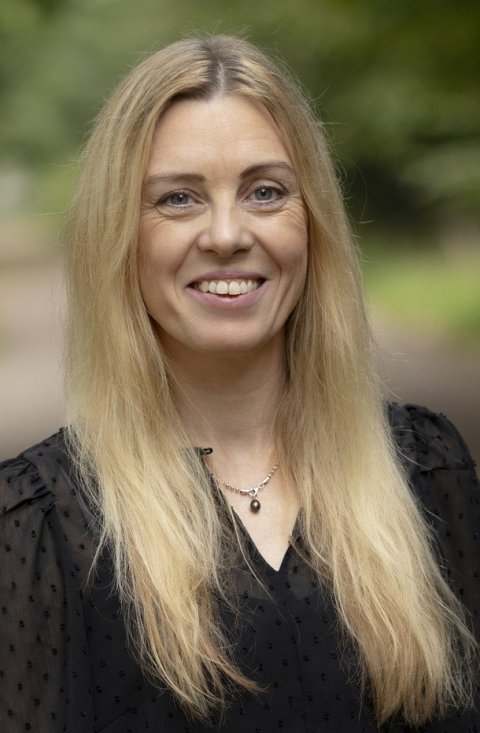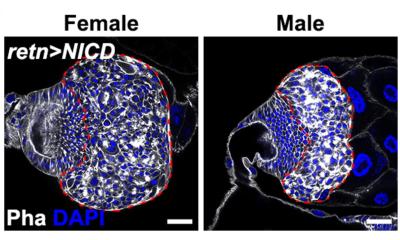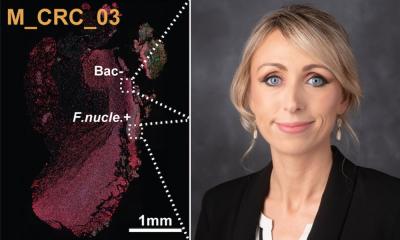
Image source: Uppsala University; adapted from: Sköld C et al., Journal of Internal Medicine 2024 (CC BY 4.0)
News • Ovarian, testicular cancer
Germ cell tumours: Lower survival in women
Germ cell tumours can affect both men and women, as testicular or ovarian cancer, respectively. In spite of these similarities, mortality for female patients has been shown to be significantly lower.
Women with a type of ovarian cancer known as germ cell tumours have a worse prognosis than men with similar tumours, i.e. testicular cancer. After five years with the disease, 98% of men were alive while the survival rate for women was only 85%. This has been revealed by a new study from Uppsala University and Uppsala University Hospital.

Image source: Uppsala University; photo: Antoula Koliadi
Results were published in the Journal of Internal Medicine.
“Our review shows that there is room to improve the prognosis and minimise long-term side-effects in women with ovarian germ cell tumours by using treatment strategies used for testicular cancer,” explains Camilla Sköld, Specialist Physician in Gynaecological Cancer at the Oncology Clinic, Uppsala University Hospital, researcher at Uppsala University and first author of the study.
Every year, around 300 men are affected by a testicular cancer called germ cell tumours. The female equivalent is ovarian cancer, which is much rarer, affecting around 14 people (out of a total of around 700 cases of ovarian cancer). Both diseases mainly affect younger patients. Among women under 30, it is the most common type of ovarian cancer.

Imagr source: Uppsala University
"Biologically, both tumours originate from the same type of immature germ cells. Given that the number of people affected by testicular cancer is increasing and more research is therefore needed in this area, the researchers wanted to see if it would be possible to apply this knowledge to improve the treatment of women with the much rarer germ cell tumours in the ovaries", says Ingrid Glimelius, Professor at Uppsala University and Senior Physician at the Oncology Clinic, Uppsala University Hospital, and senior author of the study.
The researchers compared treatment guidelines and prognosis for women and men with germ cell tumours of the ovary and testicle. The study compared the survival of 7,663 patients diagnosed with testicular cancer between 1995 and 2022 with the survival of 293 women diagnosed with ovarian germ cell tumours between 1990 and 2018. They found that the five-year survival rate was 98.2% in men, compared to only 85.2% in women.
“We present an overview of the epidemiological, tumour biology and clinical guidelines for testicular cancer, and then use that as a basis for proposing measures to improve research and treatment of patients with ovarian germ cell tumours. We believe that concentrating patients with these rare tumours in fewer hospitals could both improve survival and reduce the risk of side-effects during treatment. The differences in survival rates may also be partly due to underlying differences in tumour biology between the two types of tumour, and further comparative studies of the tumour biology would therefore be valuable,” concludes Sköld.
Source: Uppsala University
13.03.2024










